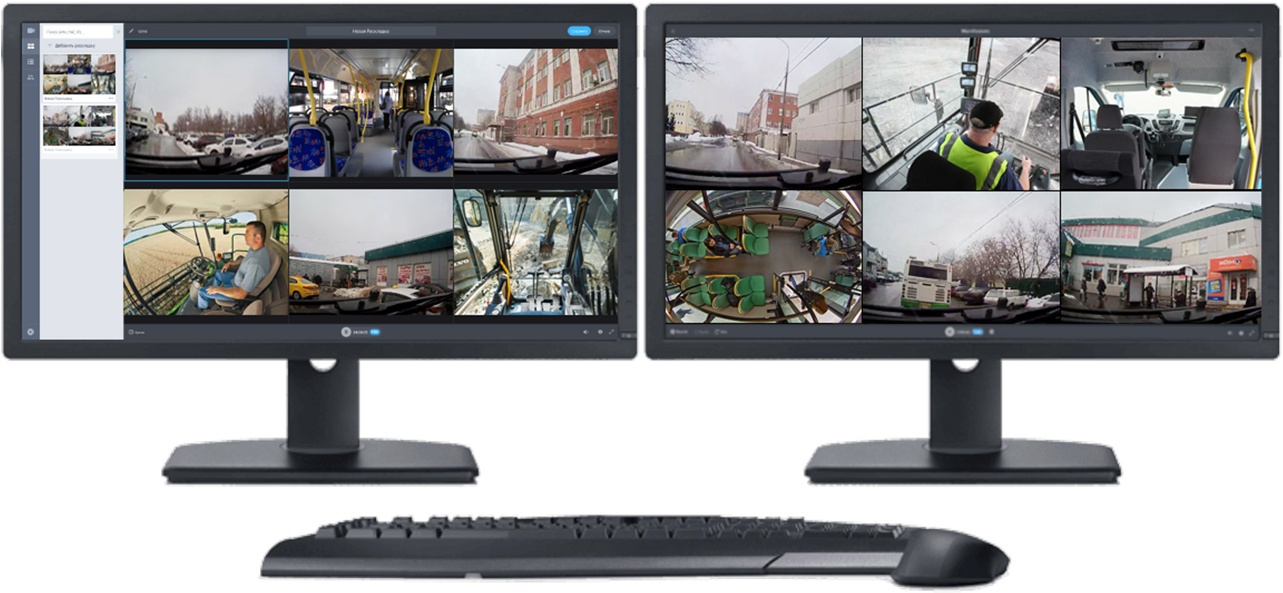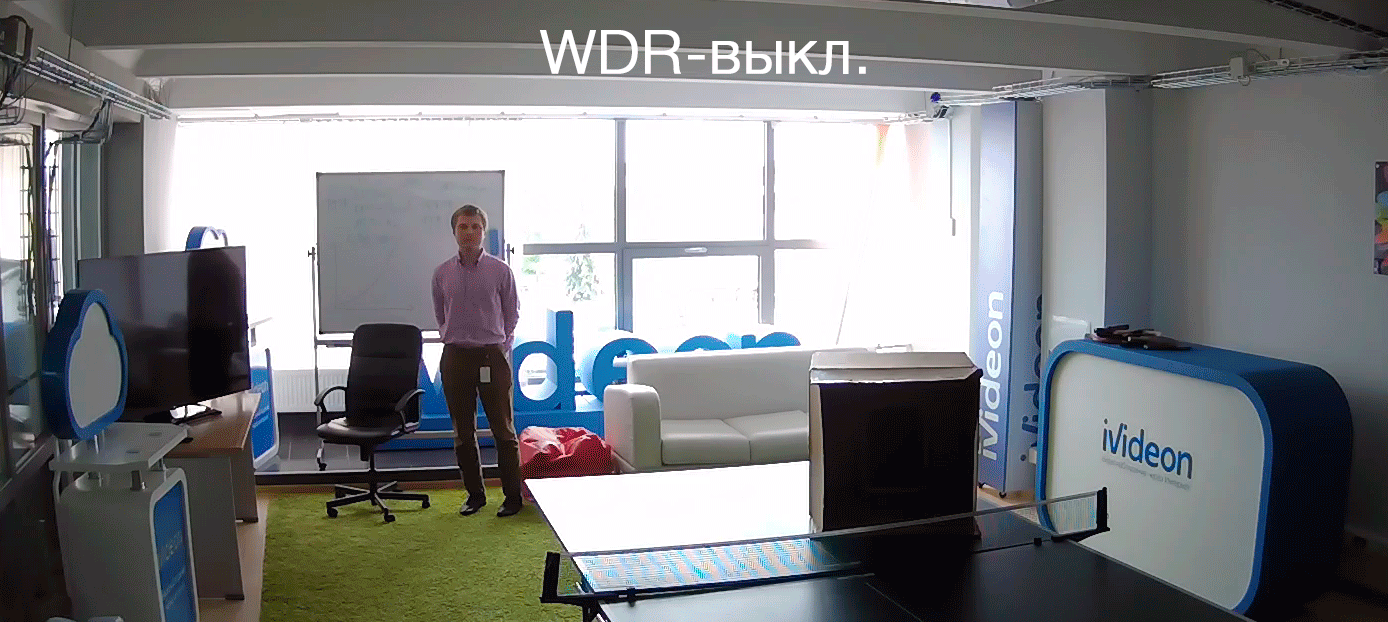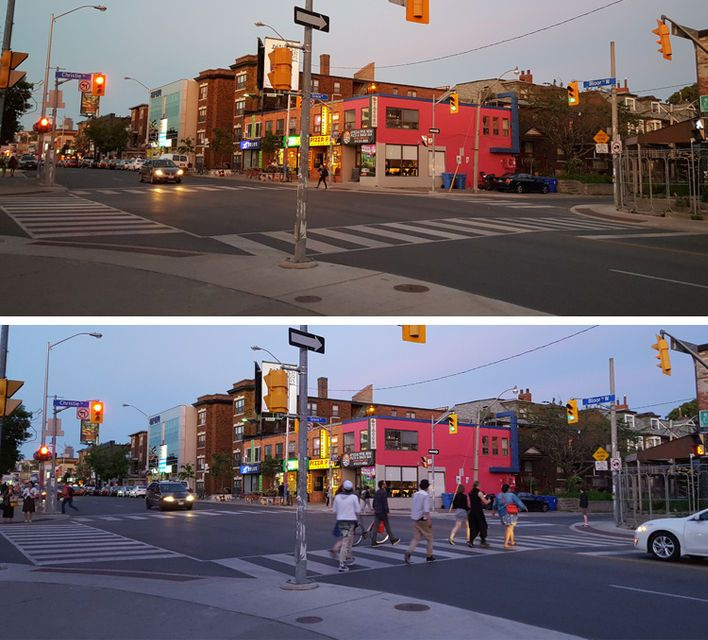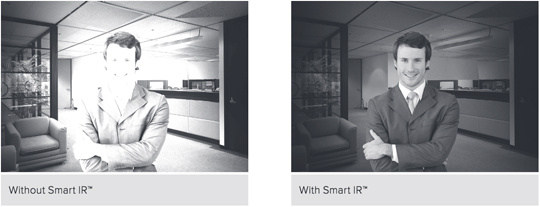How to choose a surveillance camera for veiled characteristics

We all know how to choose a camera, but not everyone can do it right. While the network is littered with reviews of any technology, the disappearing becomes little materials in which the capabilities of the devices are really well-developed.
Optical instruments in this regard suffered the most. Everyone knows about megapixels and resolution, but when it comes to more subtle matters, it begins to "float." If you are thinking about buying a camera (and are not an expert in this area), it will be helpful to understand what the abbreviations in characteristics really mean. Understand - it means not only to read the description.
About the obvious

If you start to google "according to what characteristics to choose a surveillance camera," you will be able to get acquainted with the amazing world of the Internet zero. Where there are still black and white cameras, analog cameras, the importance of sensitivity in the suites. Some characteristics are superimposed on each other (and mutually annihilate) - do not forget about it.
Therefore, we will focus on modern IP cameras that support the Ivideon cloud service, and we will not touch on the obvious characteristics. Most likely, you understand the difference between 1080p and 720p resolution, diagonal and horizontal viewing angles, and you also know about infrared LED backlighting.
However, abbreviations can often be found in the description of cameras: 3DNR, AWB, AGC, WDR, and others. What is it and why you can not focus only on megapixels, resolution and viewing angle? Is it important to understand all the characteristics at all or is it enough to see an example of the video of the selected camera once?
WDR (Wide Dynamic Range)

WDR (Wide Dynamic Range) - wide dynamic range. This technology allows to obtain high quality images with any difference in light levels.
Dynamic range is a parameter of the camera that characterizes its ability to convey very bright and very dark elements of the scene in the image of each frame. The value of dynamic range is denoted in decibels (dB).
The dynamic range (DD) of the real part of the territory usually significantly exceeds its own DD camera, which in most cases is at the level of 52–60 dB: a cloudless sunny day outside is 180 dB, and a well-lit room is from 126 dB to 140 dB.
One of the ways to eliminate this drawback is to use a mathematical algorithm for processing each frame of the image, as a result of which it is possible to redistribute the brightness so that the whole frame becomes information rich. This technology was called Wide Dynamic Range, although in fact it has nothing to do with the dynamic range.
A camera without WDR is not able to give a clear image of objects in the shadow where there are both very bright and shaded areas or light falls behind, for example, if a person is standing against a brightly lit window.
Typical situations when it is difficult to do without WDR:
- observation of the entrance door when the sun is shining outside and a dark room is located inside is a common case in shops and office spaces;
- monitoring cars entering a garage or tunnel;
- in transport, when observing the perimeter of buildings, and in other cases when part of the frame is under direct sunlight and other parts are hidden in deep shadows;
- when driving directly to the camera cars with bright headlights;
- where there is a large amount of reflected light, for example, in office buildings or in shopping centers.
WDR indicators are calculated as the ratio of luminosities of the brightest and dimmest objects captured by the matrix. For each frame, the matrix makes several scans with different shutter speeds of the electronic shutter and generates preliminary images — one with a long shutter speed to brighten all the dark parts of the frame, the other with a short shutter speed with a more correct display of overlighted sections. After that, the fragments with the best contrast transfer are summed up in the resulting frame, balanced in brightness.
BLC (Back Light Compensation)

Back Light Compensation - compensation of a counter flare. The technology allows you to compensate for the brightly lit background for a good study of objects located in the foreground. Because of BLC, information is lost in brightly lit parts of the scene, but the objects in the foreground are well developed.
With BLC, the microprocessor levels (smoothes) the illumination across the entire field of view of the camera. Most cameras today have BLC support, but it is no match for the capabilities of Wide Dynamic Range. At best, BLC helps to balance the lighting conditions to find out what is in the foreground of the image, but the background remains blurred.
3DNR (3-Dimensional Noise Reduction)
3-Dimensional Noise Reduction (3DNR) - three-dimensional noise reduction. The 3DNR technology suppresses noise in the image, which is manifested in low light in conditions where fast moving objects are present in the frame. 3DNR analyzes the differences between consecutive video frames and suppresses noise by mixing data on a frame.
The disadvantages of the algorithm include additional defects and blurring, which appear when moving in the frame. However, if the noise reduction mode is enabled only for individual frames, then the final image is obtained and not noisy, and high-quality.
AWB (Auto White Balance)

AWB - automatic white balance. The function compensates for color distortions caused by different sources of illumination (sunlight, incandescent lamp or fluorescent light), cutting off the unnecessary light spectrum. At the same time, the camera sets the temperature of the color image in such a way that the resulting colors on the image have the same shades and look exactly the same as they are perceived with the naked eye.
There are several different AWB algorithms, but most of them fall into two categories. Global algorithms use all image pixels to estimate color temperature. Local algorithms use only a subset of pixels based on predefined selection rules for this task. There are also hybrid algorithms that choose the best algorithm based on image content.
AGC (Automatic Gain Control)

AGC - automatic gain control signal. The technology is designed to improve image quality in low or excessive light.
AGC begins to work when the illumination at the object is low, and a fully open aperture is not able to compensate for the lack of illumination. The camera will automatically amplify the video signal received in lower light conditions in order to optimize image clarity in a poorly lit scene. However, the more the signal is amplified, the higher the level of noise on the screen.
ROI (Region Of Interest)

Region Of Interest is a region of interest. The technology allows you to set higher image quality in selected areas selected on the screen. The selected area on the frame is recorded with the highest quality, the rest of the image is recorded with a lower resolution. Using this function significantly reduces traffic and space occupied by the archive.
Smart ir

The infrared light illuminates the face, making it difficult to identify when a person comes close to the camera. Smart IR is a technology that allows you to adjust the intensity of the infrared LEDs of the camera to compensate for the distance to the object. When shooting in the dark, the adaptive IR illumination of the Smart IR automatically adjusts the radiation power depending on the distance to the observed object in the frame, allowing you to get an image without overexposed areas.
HLC (High Light Compensation)
HLC technology implementations in Hikvision cameras
High light compensation - compensation for bright light. In automatic mode, a bright spot is tracked and a repeated frame is made, ignoring the data from the matrix cells in this place. HLC is used to eliminate the negative effect on camera operation of a bright light source entering the lens. Most often, this mode is used in the fight against the light of car headlights. In addition, HLC helps to eliminate at least a small, but noticeable illumination around the street lights.
Conclusion
The video above shows recordings from two CCTV cameras (Hikvision and Nobelic), whose technical characteristics are almost identical. As you can see, the cameras are recorded in different ways. It is impossible to unequivocally say that some stream of video data was worse than another. However, the difference is visible to the naked eye. Which decision to make a choice depends only on your needs, personal opinion and ratios on other parameters (for example, on price).

Which image is better?
We have listed far from all the extra features of the cameras, but we have analyzed the moments that cause the most questions from our users. If you want to improve your knowledge in theory, there are many different sources - for example, A. Gaunt’s book “A Practical Guide to Video Surveillance”. However, only one theory is not enough to choose a surveillance camera. Always watch video examples!
All Articles